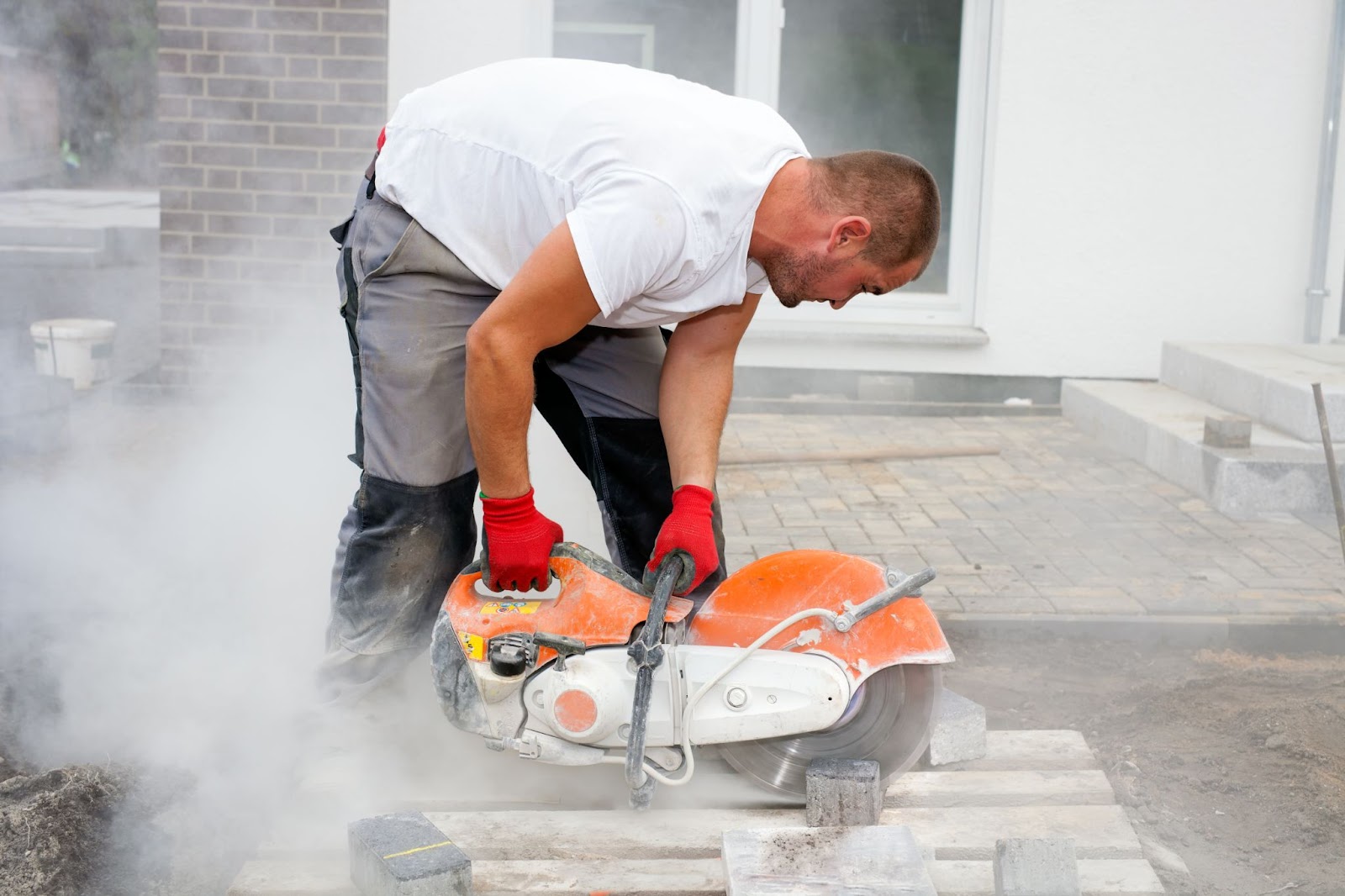Does your job put your hearing at risk? From factories to fitness classes, learn which occupations may cause hearing damage
.jpeg)
When we think of workplace hazards, we often picture physical injuries, toxic chemicals, or burnout. But one silent threat impacts millions of workers every day: noise-induced hearing loss (NIHL). This form of hearing damage builds gradually and painlessly, often going unnoticed until it’s too late.
Whether you're in a factory, a fitness studio, or even waiting tables, your job might be putting your ears in harm’s way. But with the right awareness and protection, you can stay connected to the sounds that bring your world to life.
The scope of the problem
According to the CDC, an estimated 22 million workers in the U.S. are exposed to potentially damaging noise each year¹. The Occupational Safety and Health Administration (OSHA) warns that prolonged exposure to noise above 85 decibels (dB)—about as loud as a running blender—can permanently damage hearing². That means a surprising number of everyday work environments may put your hearing at risk.
Hearing loss doesn’t just impact your ability to hear. It can lead to isolation, depression, and even cognitive decline. A comprehensive meta-analysis found that each 10-decibel increase in hearing loss was linked to a 16% higher risk of developing dementia³. That's a powerful reminder of how interconnected our senses are to our mental and emotional well-being.
Which jobs are most at risk?
Let’s take a closer look at a variety of industries where occupational hearing damage can occur:
Manufacturing and construction
Workers in these industries are regularly exposed to loud machinery, power tools, and engines. Without proper ear protection, even short periods of exposure can lead to long-term harm. Fortunately, hearing protection is widely available in these fields, but it’s only effective when used consistently.
Music and entertainment
Musicians, sound engineers, and concert venue staff often work in environments where sound levels exceed 100 dB. Imagine spending hours next to loudspeakers night after night. That exposure adds up. Most musicians now wear in-ear monitors or special high-fidelity earplugs that reduce volume without distorting the music they love.
Fitness instructors and group class participants
If you’ve ever taken a spin class with pumping music and an instructor on a headset, you’ve probably experienced sound levels close to 100 dB. These instructors lead several classes a day in high-volume environments that can slowly chip away at their hearing.
Hospitality and food service
Think of busy restaurants, crowded kitchens, and bars with live music or DJs. Between the chatter, clanging, and music, it’s easy to see how noise levels get out of control. Yet, very few hospitality workers receive hearing protection or training.
Farming and agriculture
Tractors, grain dryers, and chainsaws are common tools in agriculture, but they often emit dangerously loud sound. Many farmers work alone in rural areas without the benefit of workplace safety programs. That’s why awareness and access to protection are essential in this industry.
Aviation, transportation, and emergency response
Airport workers, subway operators, firefighters, and military personnel all face repeated exposure to loud noise. Hearing loss is one of the most common service-related injuries for veterans.

Early signs and long-term consequences
The signs of hearing loss can be subtle at first. Maybe you find yourself asking people to repeat themselves. Maybe phone calls or TV shows seem a little muffled. Or maybe there’s a persistent ringing in your ears (tinnitus) that just won’t go away.
Left unaddressed, hearing loss can lead to serious mental and cognitive consequences. One major study found that hearing impairment is associated with increased risks of dementia, Alzheimer’s disease, and mild cognitive impairment³. The connection may be due to the increased mental strain of trying to hear, which taxes your brain’s resources. Or it may stem from social withdrawal and reduced stimulation over time.
The good news? Using hearing aids can help. Research from the JAMA Otolaryngology–Head & Neck Surgery journal found that hearing aids may reduce the risk of cognitive decline and dementia, especially when used early⁴. The earlier hearing loss is identified and treated, the better your long-term health outcomes.
What you can do to protect your hearing
Here are a few steps you can take to safeguard your ears and your overall health:
- Wear hearing protection
Use foam earplugs, earmuffs, or custom-fitted plugs if you’re exposed to loud environments regularly. - Take listening breaks
Even small breaks in noisy environments can help your ears recover and reduce long-term risk. - Encourage workplace awareness
Encourage your workplace to adopt quieter tools, install sound-absorbing materials, or redesign noisy workflows. - Limit personal exposure
Listening to headphones at a high volume can compound occupational exposure. Follow the 60/60 rule: no more than 60% volume for 60 minutes at a time. - Get your hearing checked
A hearing test is quick, painless, and one of the best things you can do for your long-term health. - Participate in One Day Without Sound
Experience what it’s like to live with hearing loss by wearing earplugs for one day. Simply becoming more aware of the day-to-day challenges of those with hearing loss will inspire you to protect your own hearing. Click here to learn more and get free earplugs.
Why it matters
At the Miracle-Ear Foundation, we believe hearing is a gift. It’s how we connect with loved ones, enjoy life’s small moments, and feel part of our communities. And no one should lose that connection because of where they work or because they can’t afford hearing care.
That’s why we’re committed to providing access to hearing aids and services for people who need them most, through the Gift of Sound™, a program that provides access to life-changing hearing aids to those who have no other means of obtaining them.
References
- Centers for Disease Control and Prevention. (2020). Occupational Hearing Loss (OHL). https://www.cdc.gov/niosh/topics/noise/
- Occupational Safety and Health Administration (OSHA). (n.d.). Occupational Noise Exposure. https://www.osha.gov/noise
- Schubert, M. L., et al. (2024). Adult-Onset Hearing Loss and Incident Cognitive Impairment and Dementia: A Systematic Review and Meta-Analysis of Cohort Studies. https://www.sciencedirect.com/science/article/pii/S1568163724001648
- JAMA Otolaryngology–Head & Neck Surgery. (2023). Hearing Loss, Hearing Aid Use, and Risk of Dementia in Older Adults. https://jamanetwork.com/journals/jamaotolaryngology/fullarticle/2813302






.jpeg)